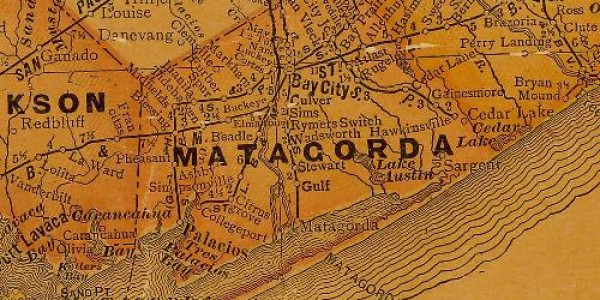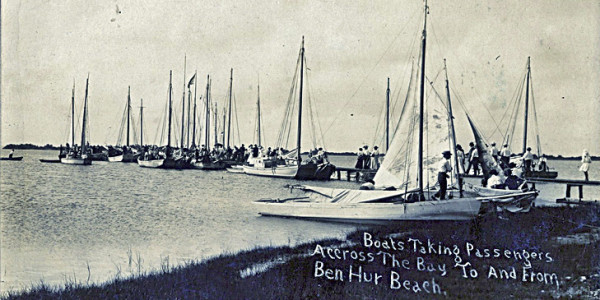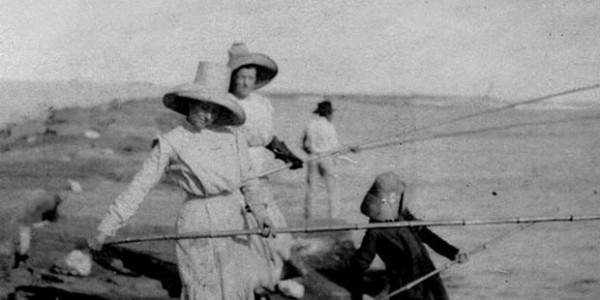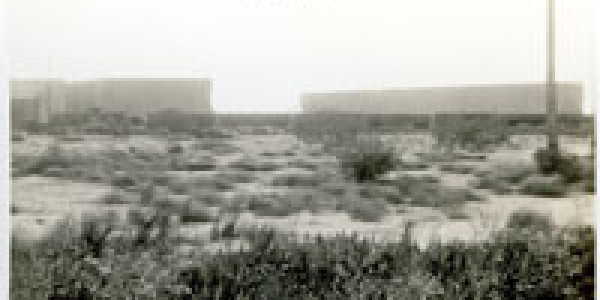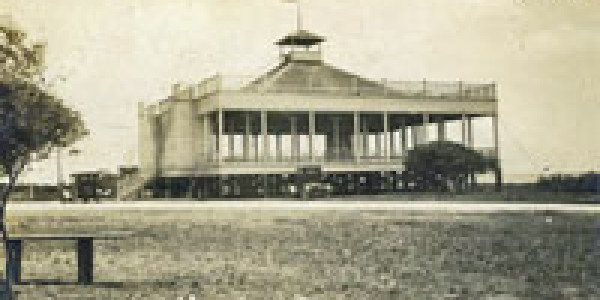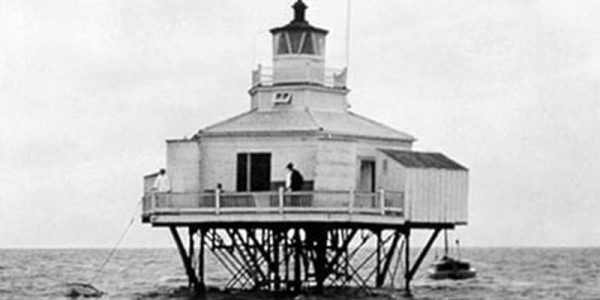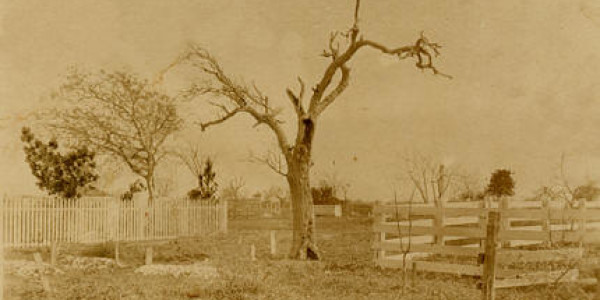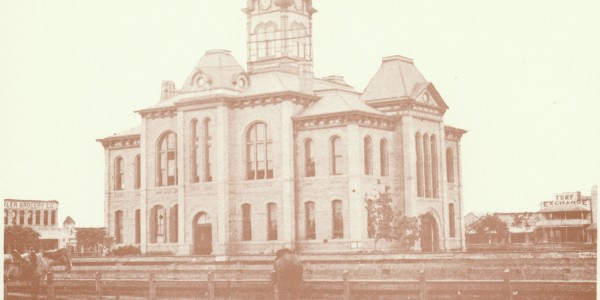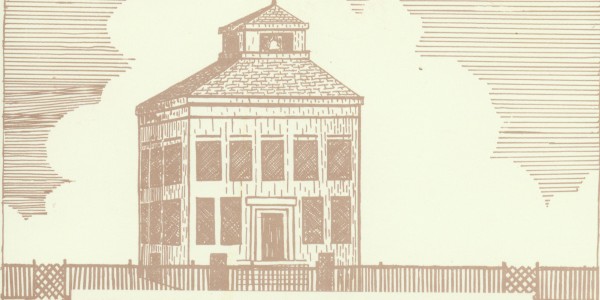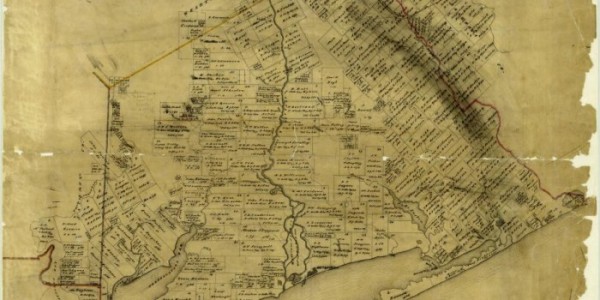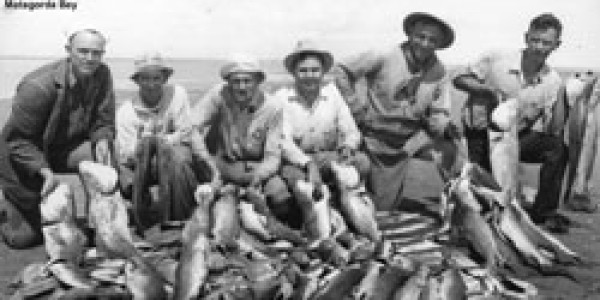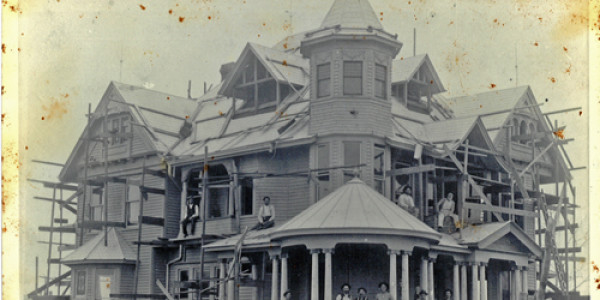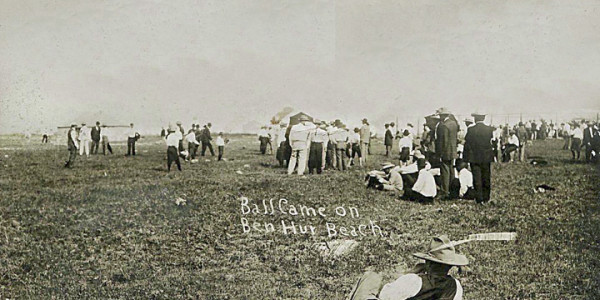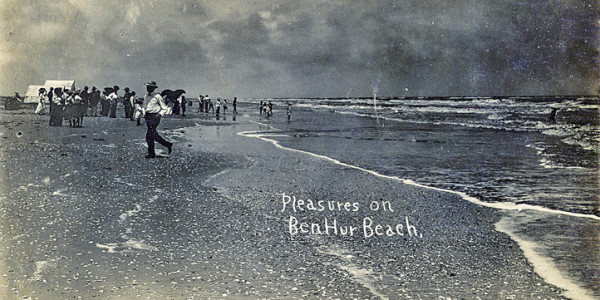Even before Texas independence, Matagorda was the third largest port in Texas. Matagorda was established in 1827 when Stephen F. Austin obtained permission from Mexico to build a town with Elias R. Wightman,
Hosea H. League and Ira Ingram as proprietors. Stephen F. Austin had led a group of settlers here to the mouth of the Colorado River.
Fifty-two families from New York and New England became the first settlers. In 1830. Matagorda was incorporated and two years later it had over 1400 people.
Matagorda was abandoned during the Mexican invasion. Matagorda County was formed when the people returned after San Jacinto and made it the county seat in 1836. Matagorda prospered and soon got a newspaper as well as several schools.
Christ Episcopal Church is known as the oldest Episcopal Church in Texas. The church was originally built in 1841 but destroyed by a hurricane in 1854. The church was rebuilt in 1856 using many materials from the old structure.
Several patriots of early Texas are buried in the Matagorda Cemetery. One is Samuel Rhoads Fisher, a signer of the Texas Declaration of Independence. Another is Albert C. Horton, the first lieutenant governor of Texas. The houses of both of these men are still standing, which is amazing considering the number of hurricanes and tropical storms that have gone through this area. Fisher’s house was built in 1832. It is the oldest building in Matagorda. Now fully restored, it operates as the Stanley-Fisher House B&B.
Since hurricanes repeatedly swept through the area, Bay City became the Matagorda County Seat in 1894 when they figured an inland courthouse might be safer. Matagorda is an early cultural center of Texas as evidenced by schools, churches and press.
There once was a town named Gulf, also known as Old Gulf, Big Hill, and Gulf Hill. It was near the junction of Boggy Creek and the Gulf, Colorado and Santa Fe Railway, sixteen miles south of Bay City in south central Matagorda County. It was identified on some maps as Gulf Hill. In 1901 the nearby Gulf or Big Hill dome was prospected for oil, and some small production was achieved. More important was the incidental discovery of sulphur, and prospecting for sulphur began as early as 1909. The community was organized by the Gulf Sulphur Company around 1917; in 1918 Gulf secured its own post office and was a stop on the Gulf, Colorado and Santa Fe line. Sulphur production actually got underway in 1919. That year the Texas Gulf Sulphur Company operated the country’s second largest sulphur mine. Gulf was a company town. Dwellings ranged from “shotgun” houses of two and three rooms to comfortable bungalows occupied by company executives and salaried men and their families. By 1921 a brick schoolhouse had been constructed by the independent school district organized by the residents. A dance pavilion and a dairy were provided by the company. Photographs from that time show the community as a cluster of neat, white row houses. Even buildings housing local businesses were company-owned and rented to the merchants. By 1928 six pumping stations at Gulf received the sulphur from more than thirty wells in the Big Hill Sulphur field; the next year there were reportedly 1,500 people living in and around the town. The Texas Gulf Sulphur Company operated in Gulf from 1919 to 1932, during which time the company produced 11,804,648 tons of sulphur. After the sulphur played out, Gulf declined. Twelve businesses were listed there in 1933, and by 1936 a bituminous-surfaced road served the community. Gulf’s population was reported at 1,500 through 1943, but by 1945 it had an estimated 300 residents and only one business. Those estimates remained constant through 1949, when population statistics for Gulf became unavailable. By 1949 the Gulf school had been consolidated with the Matagorda Independent School District. In 1952 the site was still marked on local maps, but no buildings were shown there. Gulf was not shown on the 1989 county highway map.
